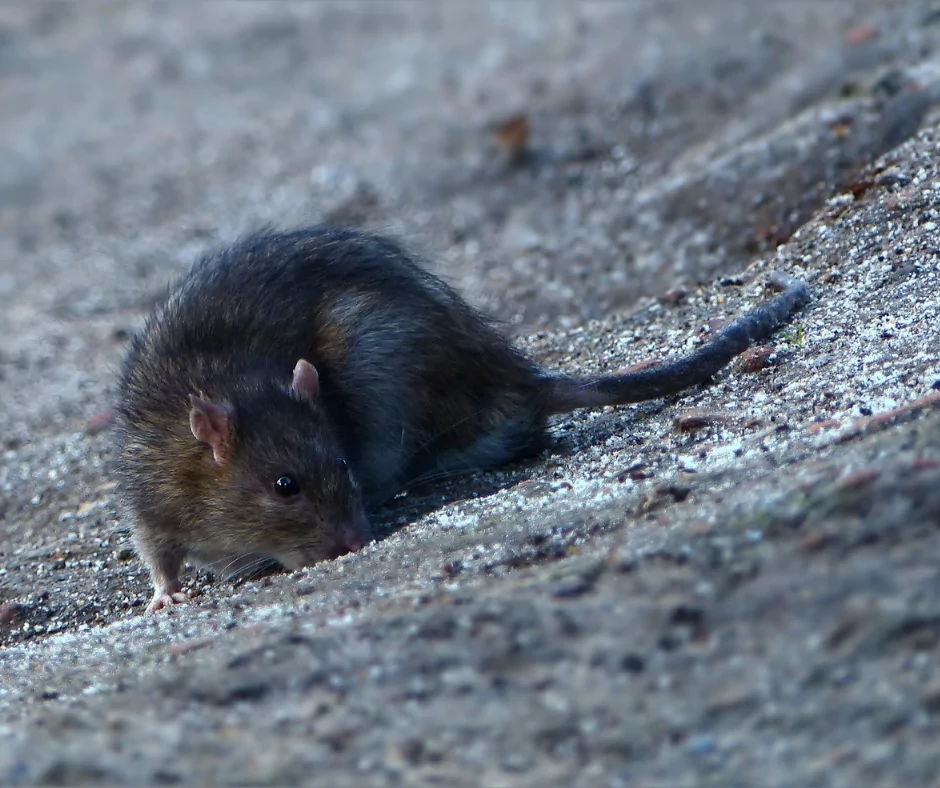What are the risks?

What is the Bubonic Plague and how did it originate?
The bubonic plague was a global pandemic that began in the mid 1300s in Europe and Asia. It was referred to at the time as the “Black Death” because of the number of fatalities it caused. It is the deadliest pandemic in all history and resulted in close to 200 million people losing their life. The pandemic lasted in Europe from 1347 to 1351 where it was most rampant. There are many theories about what caused the plague, but there is no certain way of knowing just how it started. Is it most commonly and most widely believed that the plague likely originated in East or Central Asia and was brought to Europe through trade. The first case of the bubonic plague in the United States was in 1900 when steamships carrying infected rats came to the US and the rats then infected the population.
The bubonic plague is diagnosed through a blood test and patients can often have the bacteria of the plague spread and cause the two other forms of the plague from the strain of bacteria. The other two plagues are the septicemic and the pneumonic plague. The symptoms of the bubonic plague include swelling of lymph nodes, fever, chills, headache, fatigue, muscle aches and blackening of skin tissue and extremities. The symptoms of the septicemic plague are fever, feeling light-headed, abdominal pain, and exhaustion. Symptoms of the pneumonic plague include fever, chills, difficulty breathing, coughing and coughing up mucus with blood in it. The symptoms can be present between one and six days after exposure. Antibiotics are the primary method of treatment and improvement in health is most noticeable around the third day. If the antibiotics are effective the patient can expect to be fully recovered following a successful 10 days of treatment.
How is it transmitted and what are the risks?
The disease is transmitted through the processes of hunting, eating and transporting infected animals. The animals are being infected by getting bit by fleas that have a harmful bacteria called yersinia pestis. Animals such as mice, rats, prairie dogs, squirrels, rabbits and hares are the main carriers of the bacteria. Pets get the disease from being bit by the fleas or being bit or scratched by the infected animals. The bubonic plague passes rarely from human to human contact so it is not likely to be spread from having contact with other humans. That is probably why the cases have been isolated and with virtually no spread. Diseases that spread from person to person spread a lot quicker than diseases that spread from animal to person. In the present day only about 11 percent of plague cases in the United States are fatal, meanwhile in the 1300s it was a guaranteed death sentence.
Where does the Plague exist currently?
In the past 30 years, there have been on average about seven human plague cases in the United States each year and 80 percent of those cases have been bubonic plague cases. Worldwide there are approximately 1000 to 2000 cases. As of July 2020, there have been multiple cases of the pneumonic plague in China and one reported case of the Bubonic plague in Bayannur, China as well as one case reported in the state of California. The case in California is the first case in the state in over five years. In addition to the case in California, in July 2020, there was also a squirrel in Colorado that was found deceased and after testing was noted to have a case of the bubonic plague. All of the cases in the past 30 years in the United States have been in the west in rural areas. There have never been any cases in the state of Virginia and the risk of there being cases in Virginia in the future is exceedingly rare.
Are there risks and should we worry?
The bubonic plague has clear treatments in place to prevent it from becoming a pandemic. Health professionals mention the plague is not as serious as it once was and is nothing to really worry about thanks to antibiotics. There is an understanding of why the disease spreads and how to prevent it from spreading and there are medications that can alleviate symptoms. Currently there is no vaccine for the plague, but there are suggested preventative measures that can ensure people do not get the plague. One suggestion is while traveling, especially to areas that have cases of the plague, avoid touching animals that might be carriers and stay away from places with fleas or rodents. Never touch dead animals unless you have to and wear gloves when you do. Another preventive is to eliminate nesting locations of the animals that are common carriers of the bacteria.
What role can pest control and animal removal play in prevention?
Pest control and animal removal are key players in preventing the spread of zoonotic diseases such as the plague. Besides being a nuisance and unwelcome guests, fleas and rats are known to spread diseases and be filthy vermin. It is important to capture the creatures to ensure the diseases do not spread further. If you have a dead animal on your property, it is never safe to assume it is safe to touch and doesn’t have a disease. While there are many zoonotic diseases that are not transmitted to humans, there are many that are easily spread through contact with the animal or from inhaling particles of the bacteria from the animal. A professional animal removal service needs to be contacted for the safety of you and others. If dead animals are left laying around, they may be eaten by other animals, even a pet and make them very sick. Alternatively the animal could be moved to another location by an animal which then increases the risk again of transmitting a zoonotic disease to another person. For all your pest control and wildlife needs, contact us today and we will be happy to assist you.












